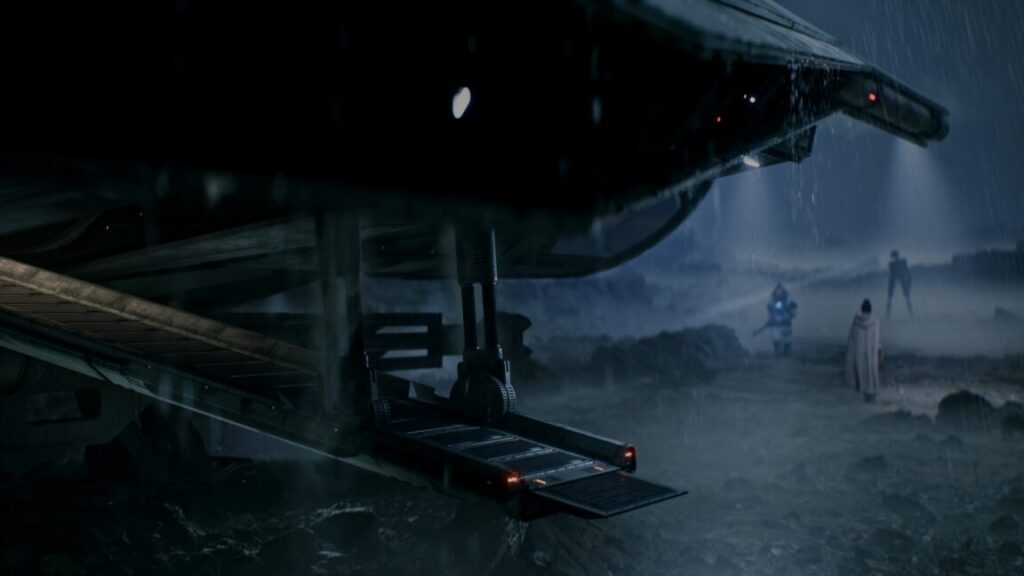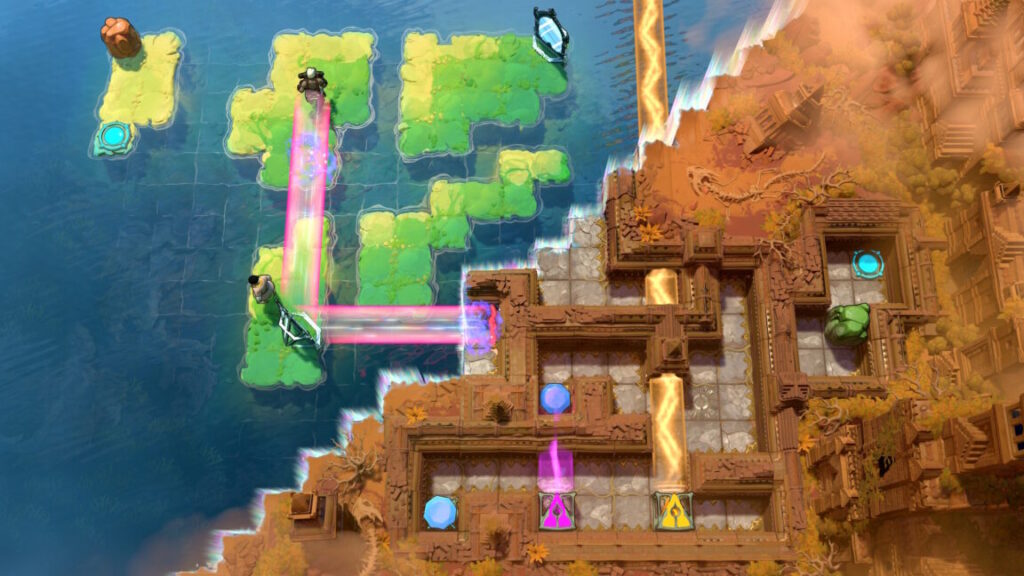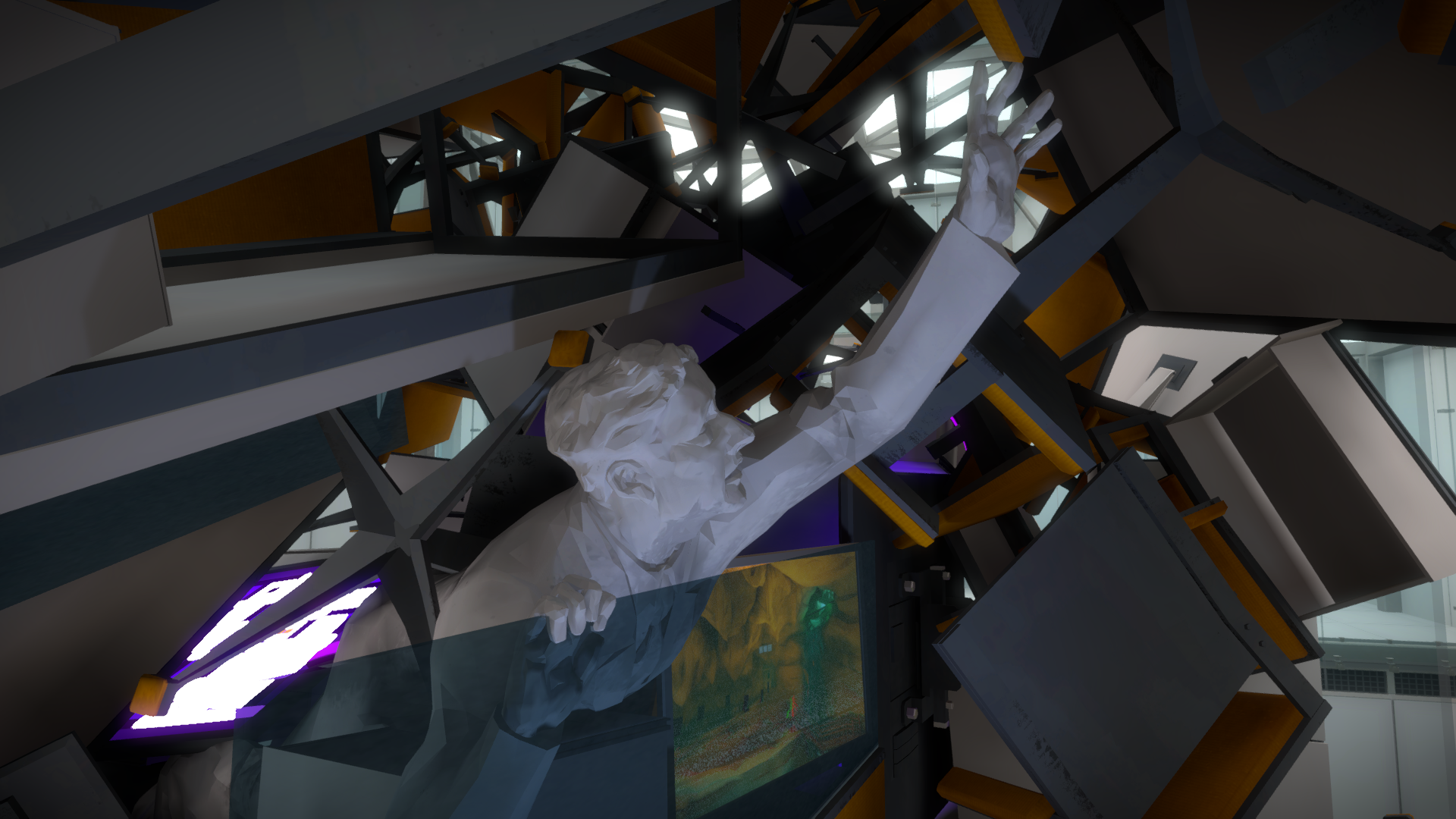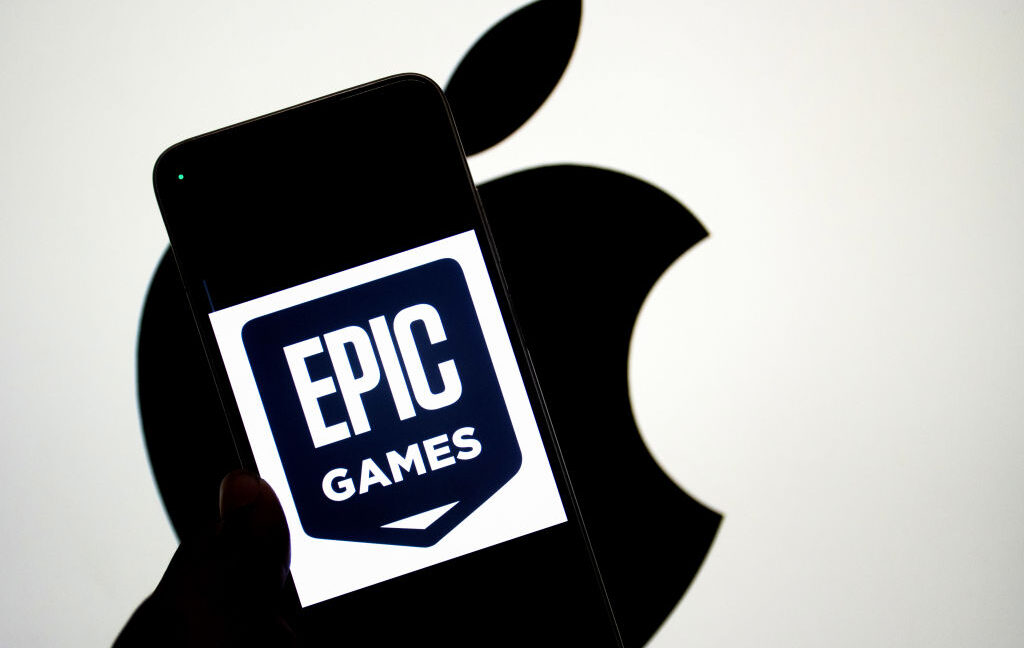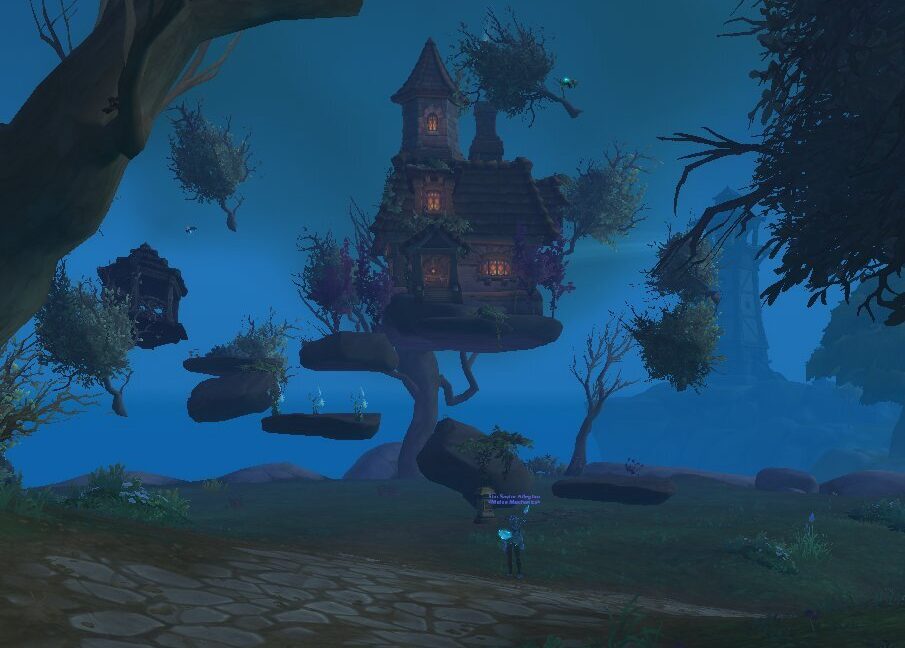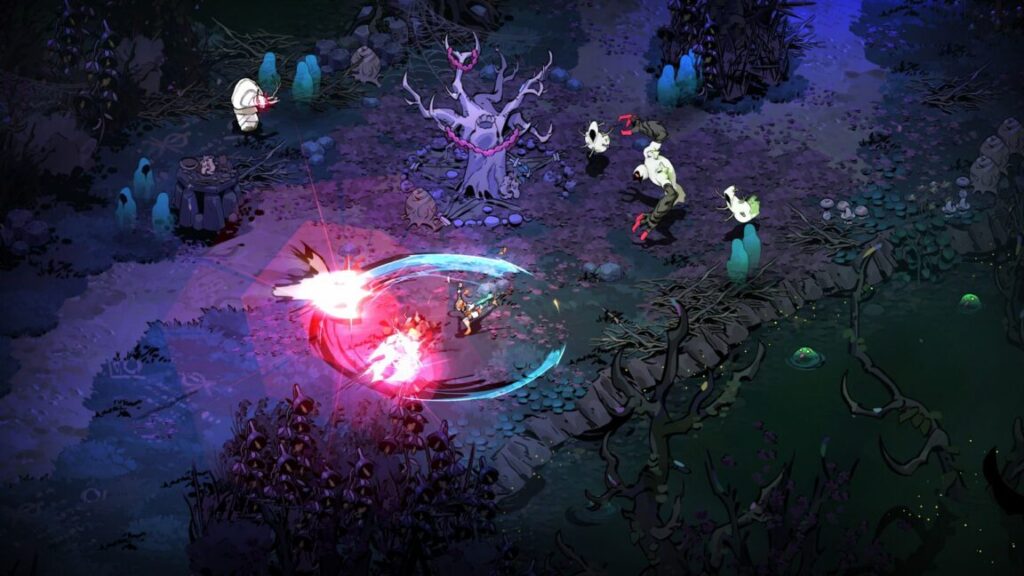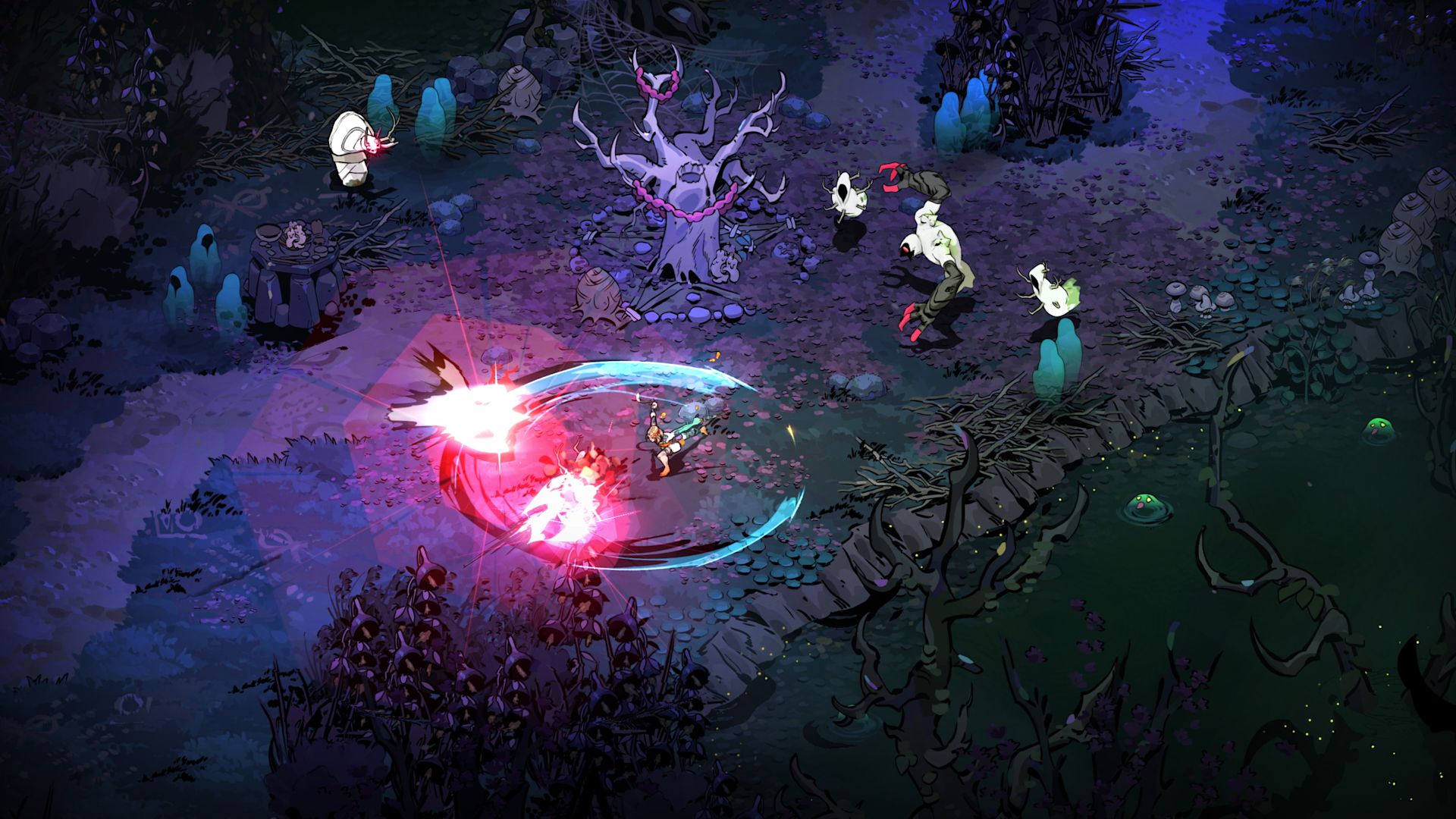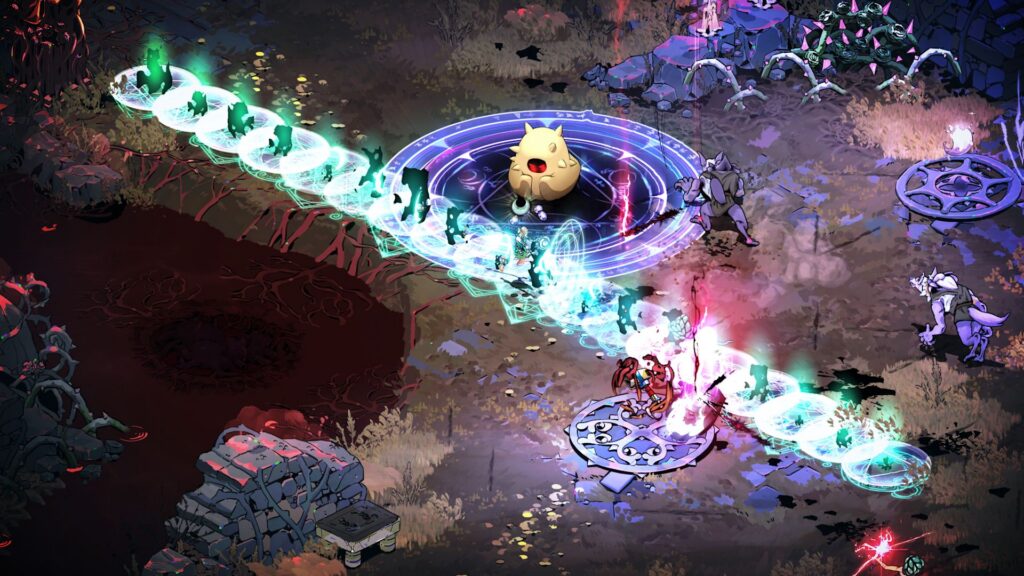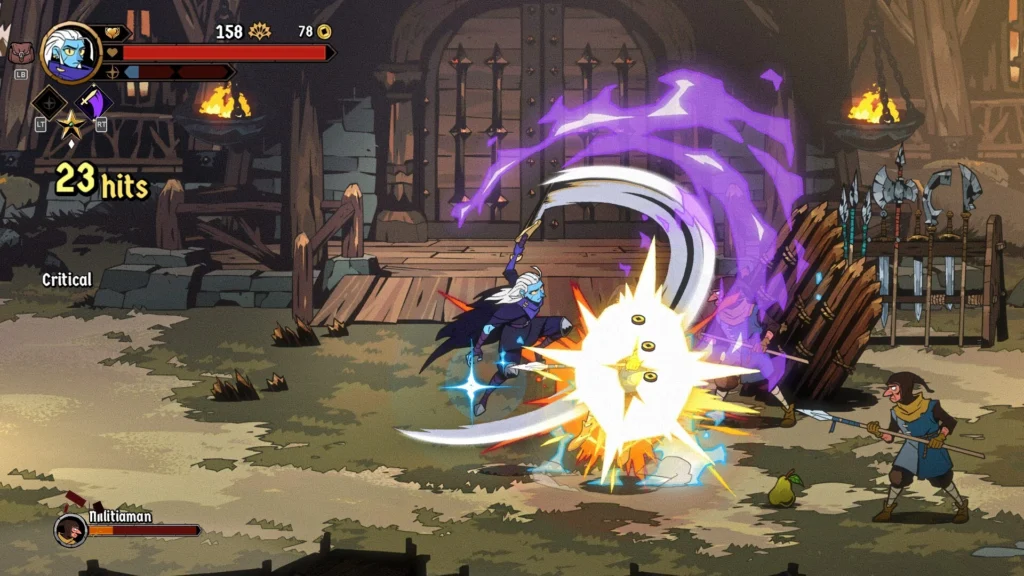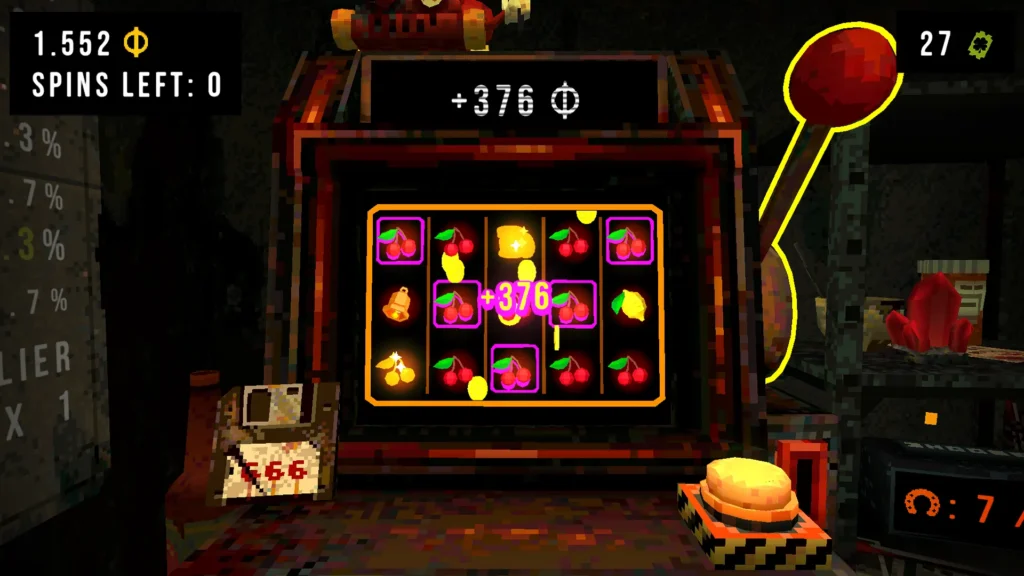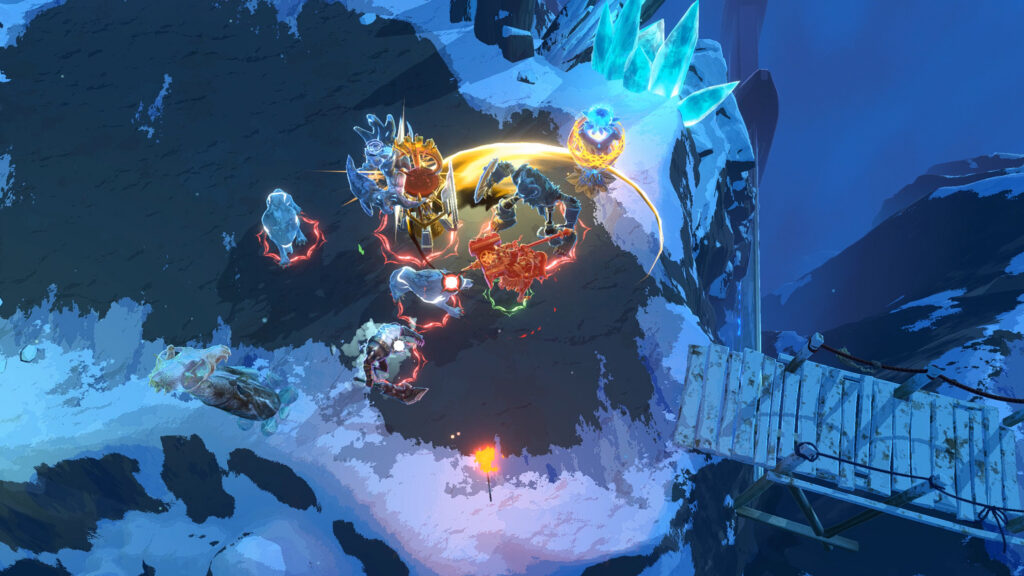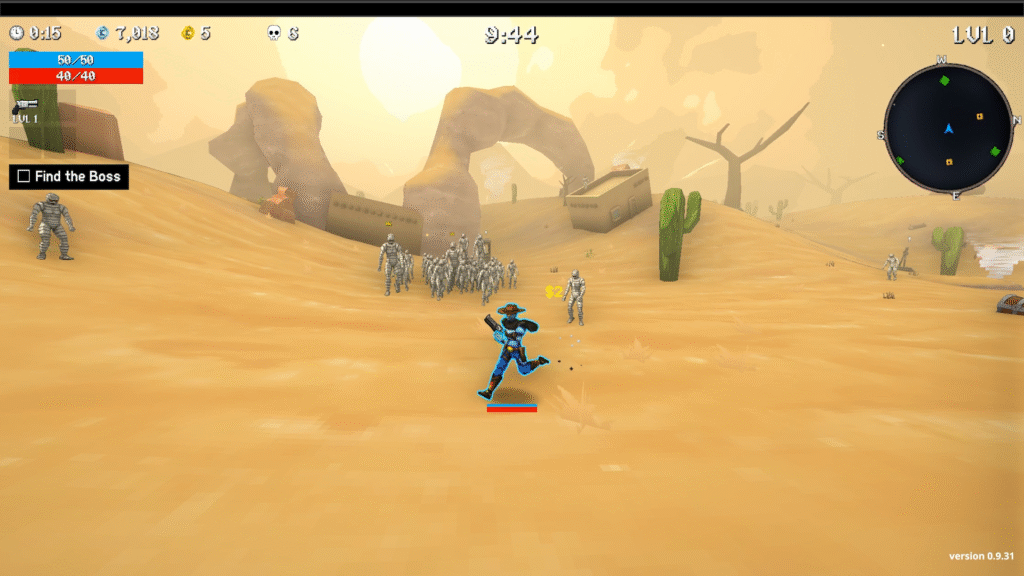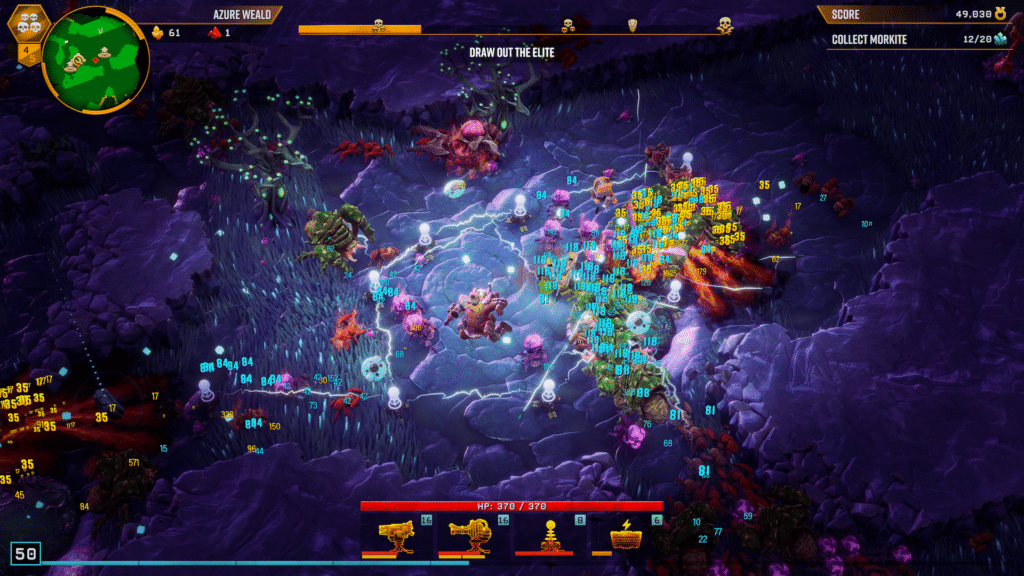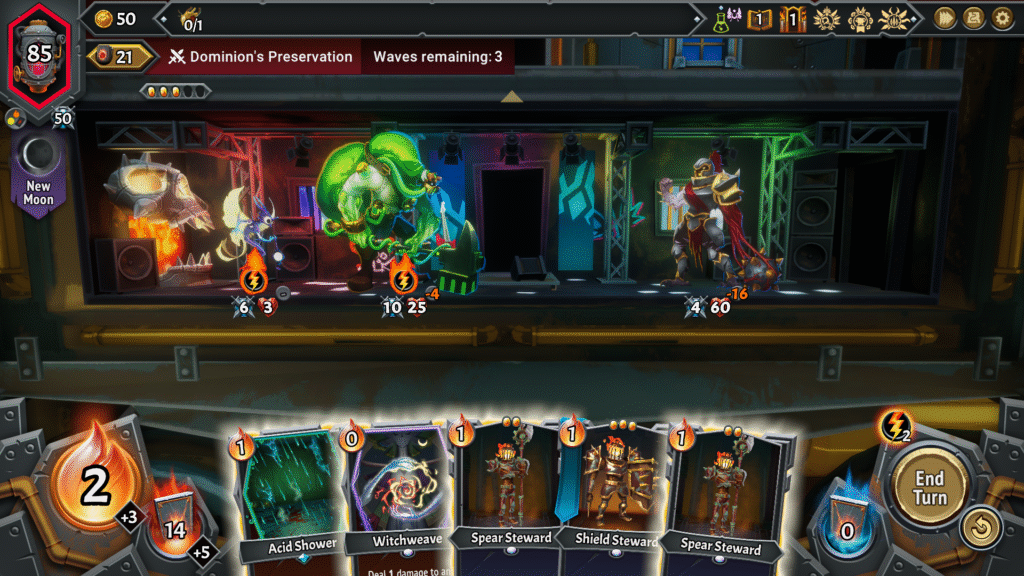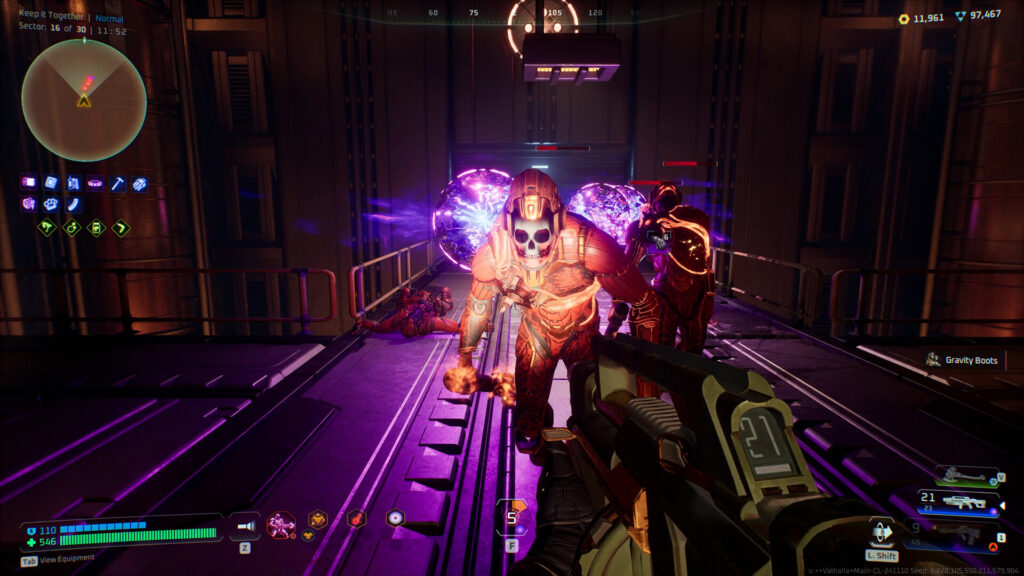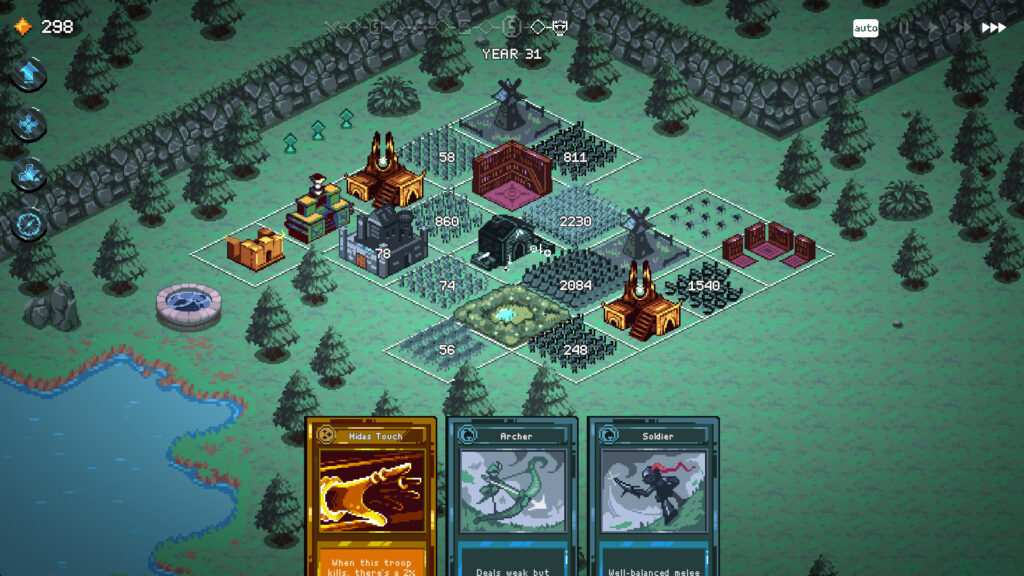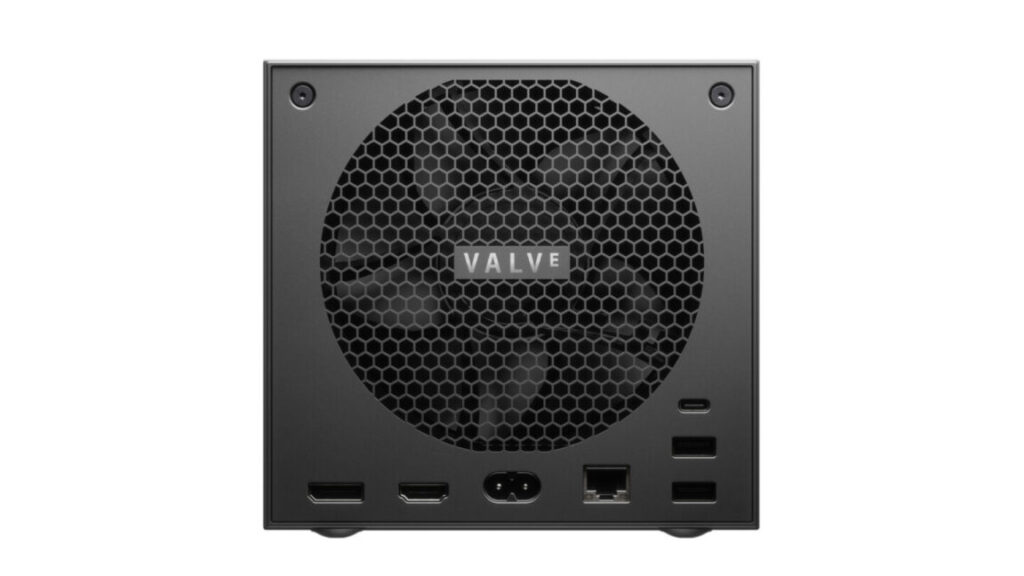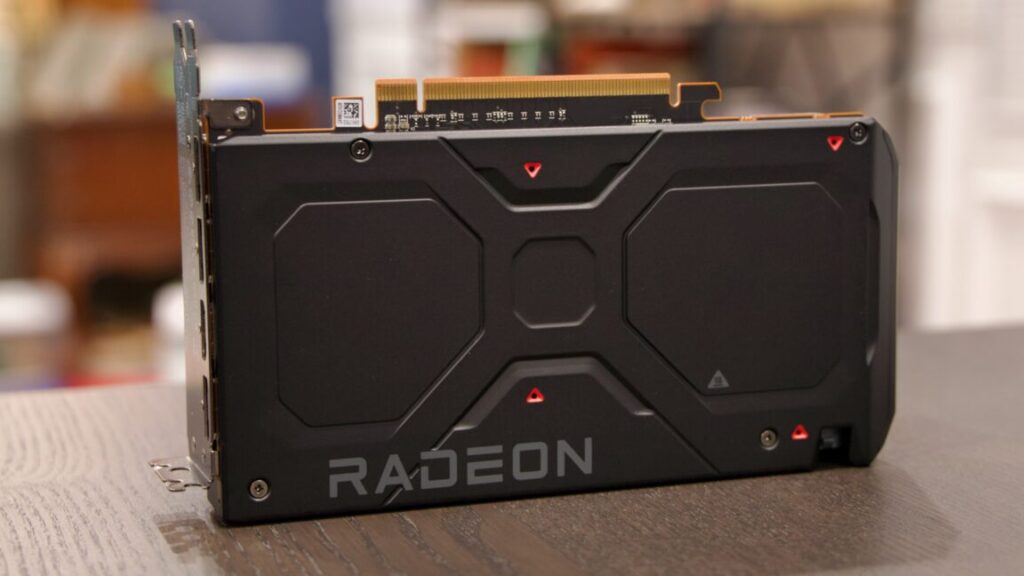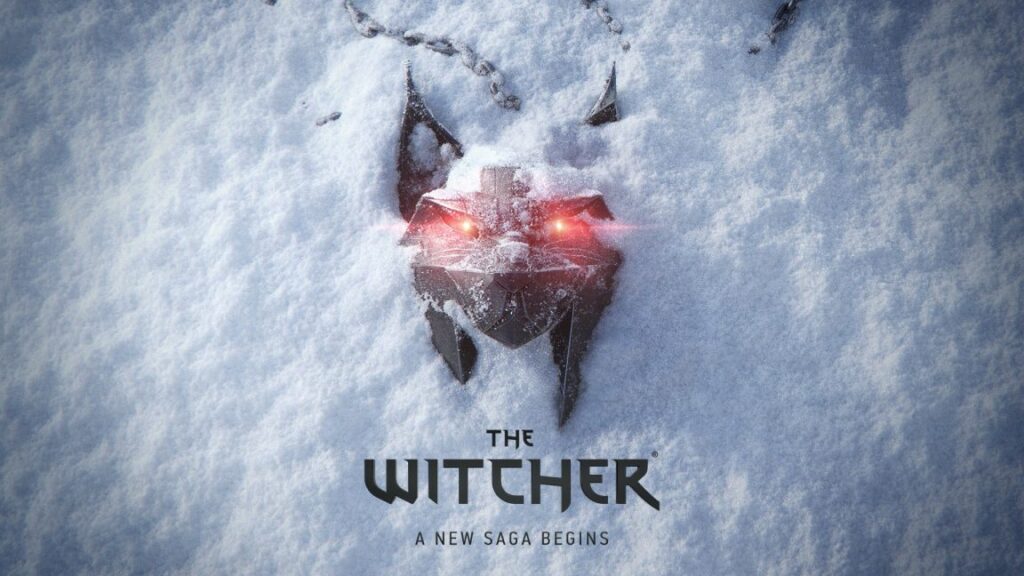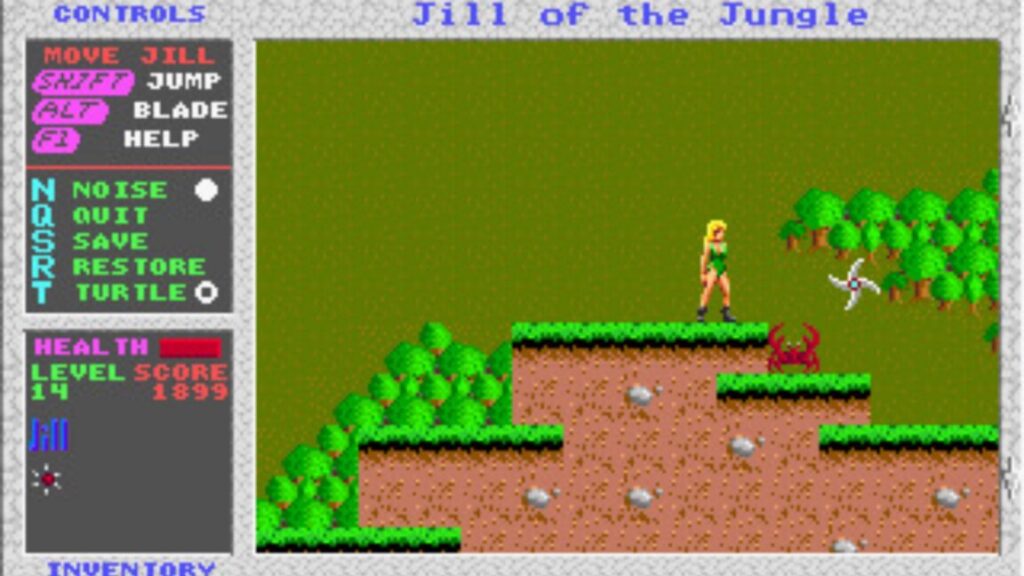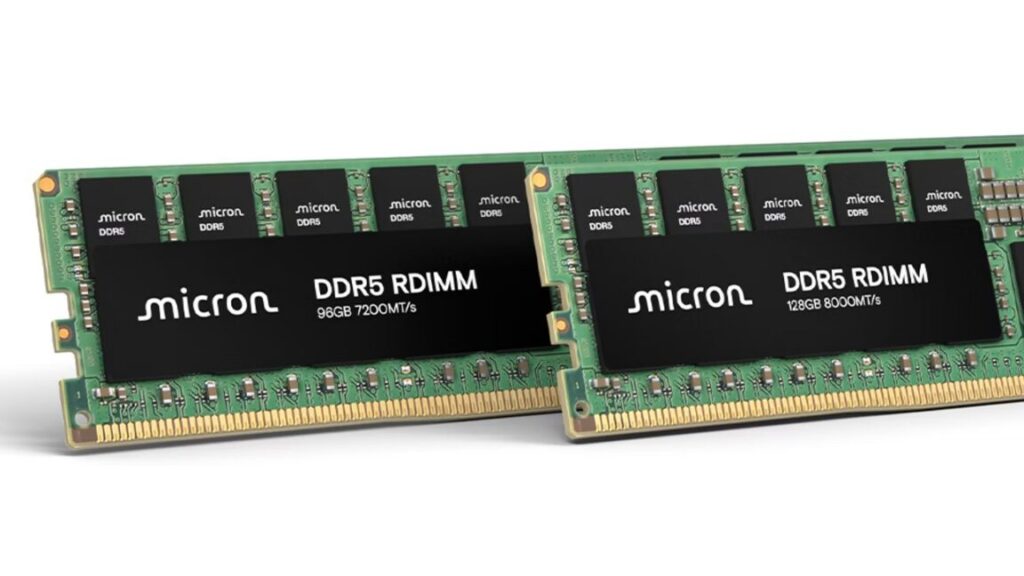Star Wars: Fate of the Old Republic announced as a KOTOR spiritual successor
Over two decades after the release of Star Wars: Knights of the Old Republic II, a new project described as a “spiritual successor” to that seminal RPG series was announced at The Game Awards Thursday night. Star Wars: Fate of the Old Republic will be a collaboration between Lucasfilm Games and Arcanaut Studios, a new development house being launched by original KOTOR director Casey Hudson.
Hudson, who will serve as director on the new game, said in an interview with StarWars.com that he has remained in contact with Lucasfilm since the KOTOR days, in the hopes of being able to collaborate in the Star Wars universe again. “It took the right conditions to get everything to line up,” he told the site.
Calling KOTOR “one of the defining experiences of my career,” Hudson said he wants to “explore a contemporary vision” of the Star Wars universe and “deliver on the combination of player agency and immersion in Star Wars” that defined the original games. As director on the upcoming game, Hudson said he sees his role as “to gather and shape a cohesive vision that the entire team contributes to. Ensuring that everyone shares that vision and understands their part in creating it is critical to the success of a project.”
Star Wars: Fate of the Old Republic announced as a KOTOR spiritual successor Read More »
